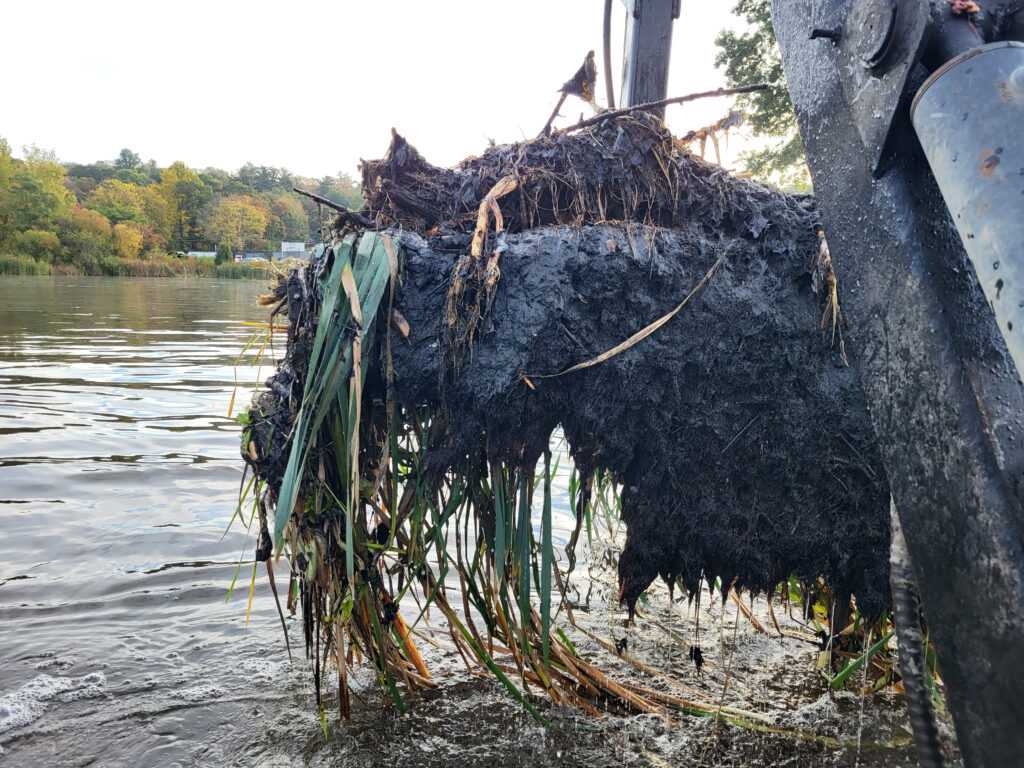- Home
- Debris and Sediment Removal
Debris and Sediment Removal
Removing Sediment to Restore Water Depth

Today, massive algal blooms, animal fatalities from toxic byproducts of algae, and the spread of invasive plants and animals are sharing the front-page news with national economic interests. For those of us living on a waterbody, it’s clear that our personal economic interests are rewarded via higher property values if the nearby water is both navigable and healthy. As a waterbody ages and becomes “silted-in,” organic nutrients fuel invasive plant and algae growth, and property owners suffer the consequences of bright green water, fish kills, and dangerous swimming conditions.
Virtually all explanations of dredging include the physical scooping up of underwater sand and clay sediments to enhance a merchant ship’s access to a port or waterway. If these waterways become inaccessible, the economic consequences are far-reaching. There are several proactive management strategies that help slow a waterbody’s aging process such as aeration, nutrient remediation, and buffer management. Though these practices help keep your lake or pond healthy, there will still come a time where your waterbody will reach the end of its lifespan.
Luckily, there are two sediment removal options that can improve your waterbody for years to come: hydro-raking and dredging. Here's the breakdown:
Mechanical Raking or "Hydro-Raking"
Mechanical raking or hydro-raking is an environmentally friendly tool used to remove soft, organic muck and debris from the bottom of lakes and ponds. This floating barge can also be used to naturally and selectively remove nuisance aquatic plants. The hydro-rake works in water as shallow as 1 foot and can restore depths ranging from 18 inches to 10 feet. This management solution is ideal for waterbodies that haven’t reached the end of their lifespan.

